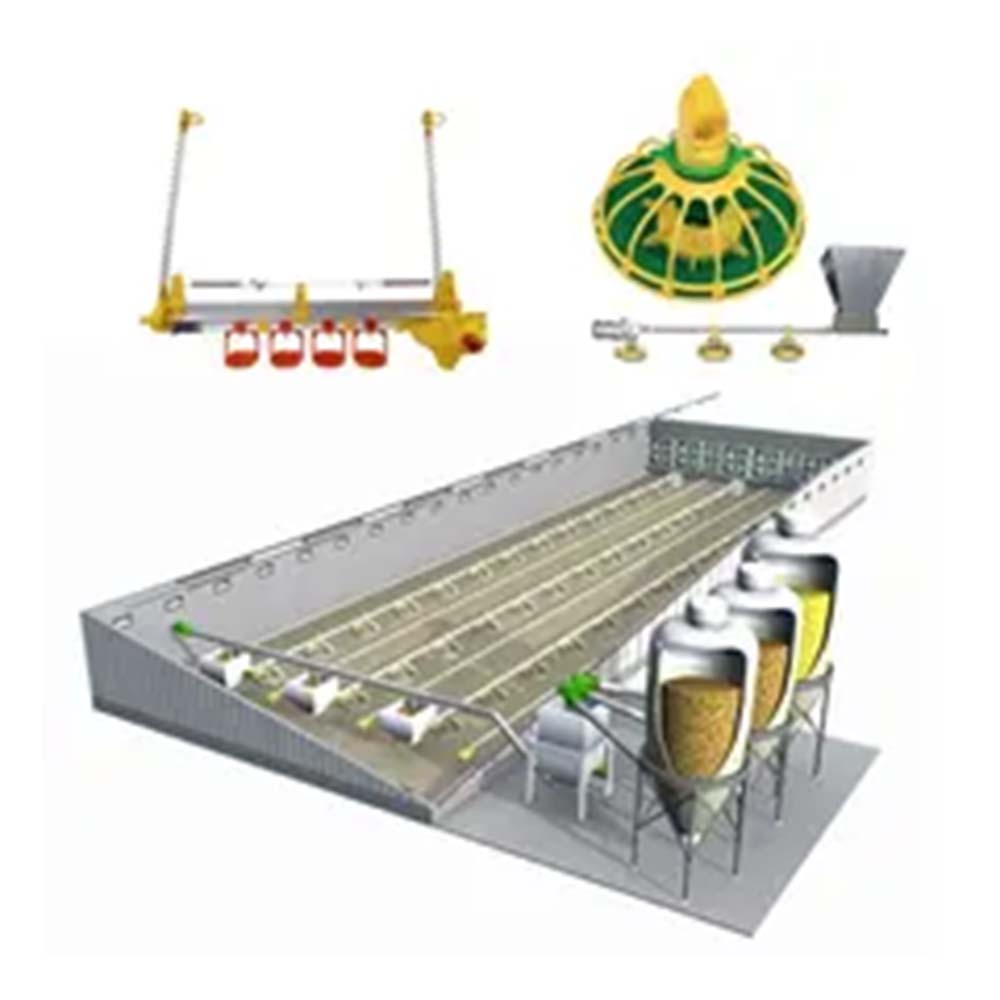poultry scalding tank
Sep . 22, 2024 17:35 Back to list
poultry scalding tank
Understanding the Poultry Scalding Tank A Crucial Step in Poultry Processing
Poultry processing is a complex series of operations designed to transform live birds into consumer-ready products. One of the most crucial steps in this process is scalding, which is performed in a specialized piece of equipment known as the poultry scalding tank. This article delves into the significance of scalding, the design and operation of scalding tanks, and their role in ensuring food safety and product quality.
The Importance of Scalding
Scalding is the process of immersing freshly slaughtered poultry in hot water. This step is vital for several reasons. Firstly, it loosens the feathers, making them easier to remove during plucking. Secondly, it helps to kill surface bacteria that may be present on the bird's skin, thereby reducing the risk of contamination and enhancing food safety. Lastly, proper scalding can improve the overall appearance and quality of the meat by ensuring that it retains moisture during subsequent processing steps.
Design and Operation of Scalding Tanks
Poultry scalding tanks are designed to maintain a consistent temperature and water quality throughout the scalding process. Typically, these tanks are constructed from stainless steel due to its durability and resistance to corrosion, which is essential in a food processing environment. Most scalding tanks are equipped with temperature controls to ensure the water reaches the optimal temperature, usually between 50°C to 60°C (122°F to 140°F), depending on the species of poultry being processed.
The operation of the scalding tank requires careful control of several factors. The duration of scalding is critical, as scalding for too long or at too high a temperature can lead to bruising or damage to the skin and meat quality. A typical scalding time ranges from 30 seconds to a few minutes, depending on the specific requirements of the processing plant and the type of poultry.
poultry scalding tank

Additionally, modern scalding tanks often incorporate features such as agitation or circulation systems that help ensure even heat distribution and prevent the accumulation of contaminants in the water. Regular monitoring and maintenance of water quality are also essential to ensure that the scalding process is effective and safe.
Challenges and Innovations
While scalding is a vital step in poultry processing, it is not without challenges. One significant concern is the management of water quality. Residual organic matter from feathers and other materials can contaminate the scalding tank, requiring regular cleaning and water replenishment. Moreover, processors must adhere to strict regulatory standards regarding hygiene and food safety, which necessitates continuous monitoring and evaluation of the scalding process.
In recent years, advancements in technology have led to innovations in scalding methods. For instance, some facilities are now exploring dry scalding techniques, which use steam or dry heat instead of water. This approach can reduce water usage and improve the overall sanitation of the process. Furthermore, developments in automated systems allow for better control and consistency, reducing the potential for human error.
Conclusion
The poultry scalding tank is a fundamental component of the poultry processing industry, playing a vital role in ensuring the safety and quality of poultry products. As the industry continues to evolve, advancements in technology and increased attention to food safety will shape the future of scalding operations. By focusing on efficient design, operation, and innovation, poultry processors can continue to meet the growing demand for high-quality poultry while adhering to stringent safety standards. Understanding and optimizing the scalding process will ultimately benefit producers, retailers, and consumers alike.
-
Hot Sale 24 & 18 Door Rabbit Cages - Premium Breeding Solutions
NewsJul.25,2025
-
Automatic Feeding Line System Pan Feeder Nipple Drinker - Anping County Yize Metal Products Co., Ltd.
NewsJul.21,2025
-
Automatic Feeding Line System Pan Feeder Nipple Drinker - Anping County Yize Metal Products Co., Ltd.
NewsJul.21,2025
-
Automatic Feeding Line System - Anping Yize | Precision & Nipple
NewsJul.21,2025
-
Automatic Feeding Line System - Anping Yize | Precision & Nipple
NewsJul.21,2025
-
Automatic Feeding Line System-Anping County Yize Metal Products Co., Ltd.|Efficient Feed Distribution&Customized Animal Farming Solutions
NewsJul.21,2025






